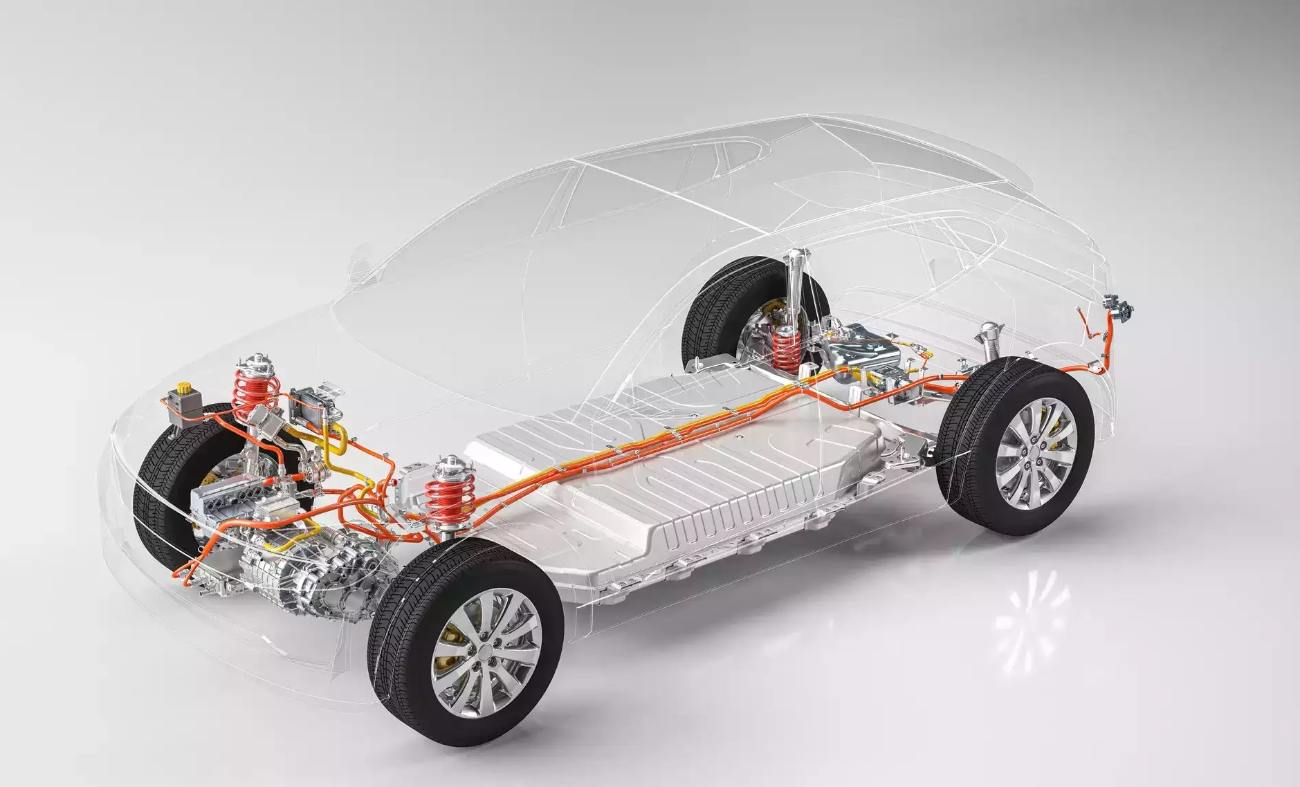Incredible simplicity. One experiment shows how increasing the range of electric automobiles may be achieved simply by altering the rear axle. There, a novel rear axle design for compact electric vehicles’ batteries is introduced. Due to its newfound rearward positioning, bigger battery plates can be placed, thus increasing the range of electric vehicles to around 71 miles (115 km). And the first stages of discussion with automakers have begun.
In the context of transportation, electromobility is seen as a crucial foundational element. However, electric vehicles have not been widely adopted thus far. Smaller, less priced electric vehicle models have a shorter range, which is a major factor in this, along with the shortage of charging stations and lengthy charging durations. Smaller batteries and in-car charging technologies are now being developed by scientists, however, they are still in the research and development stage and hence prohibitively expensive.
Better battery storage
Researchers led by Xiangfan Fang are showing, however, that this need not be that complicated. They have been working with Ford, VW, and other project partners to find easy solutions to provide extra room for the vehicle’s battery. This is due to the fact that, in the case of compact electric vehicles, space constraints for battery packs are a major factor in determining performance and driving range. Since the space for the battery packs is constrained by the back axle, that’s where the team’s attention was directed.
Turning the rear axle around shifted the cross member of the axle back toward the trunk, which was the basic rationale of the study. Since more room is created beneath the vehicle, the battery could be placed closer to the front. The vehicles’ range has been increased by 35 percent, or around 71 miles (115 km), thanks to the revised design of the rear axle.
Vehicle performance criteria
It was necessary for the vehicle engineers in the study to make further changes to the rear axle to keep the car’s driving characteristics unchanged. The engineers initially created the new axle digitally and incorporated it virtually into the body to exactly calculate and replicate its characteristics. The first steel axle prototype was made using this approach.
The new electric vehicle’s rear axle has many joints that guarantee, among other things, that the car performs properly during braking and does not rise up at the back. The next stage was to put the prototype axle in a test vehicle, a Ford Fiesta. Heavier metal plates were installed beneath the floor of the gas-powered vehicle to represent the weight of the battery.
Discussions with automakers are now ongoing
The vehicle was then fitted with sophisticated measuring equipment and put through its paces on a test bench and a track in Belgium by industry professionals. As a consequence, the vehicle’s safety and convenience were not compromised too much by the altered rear axle. The test vehicle was somewhat less dynamic than vehicles with standard rear axles in several respects. However, the gap is so narrow that fine-tuning should be able to iron it out.
The team is now working on refining the new axle idea. Meanwhile, discussions are under progress with several manufacturers to make the rear axle a regular feature of compact electric vehicles. In a few years, they’d be overjoyed to see electric automobiles rolling about with their axle powering them.



